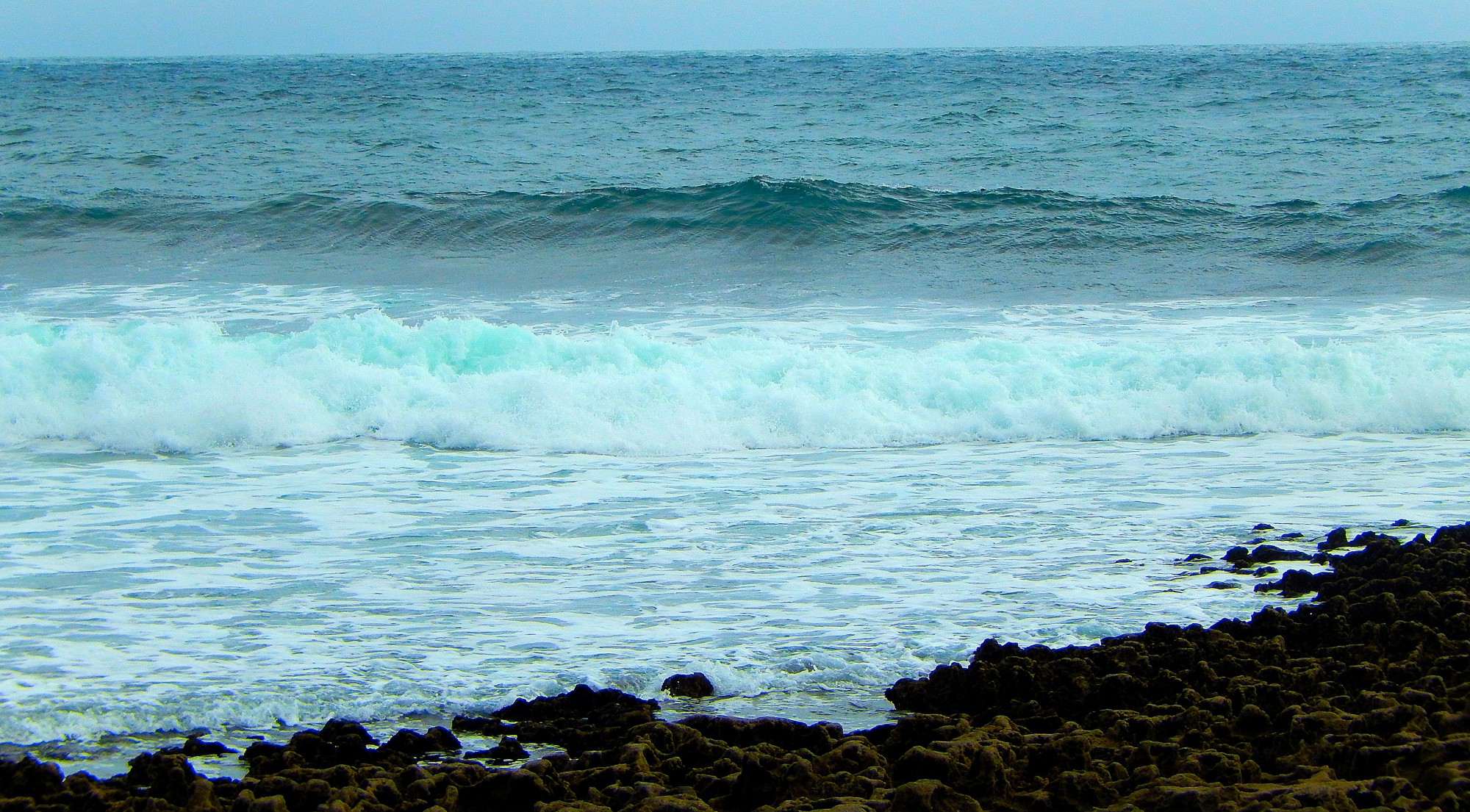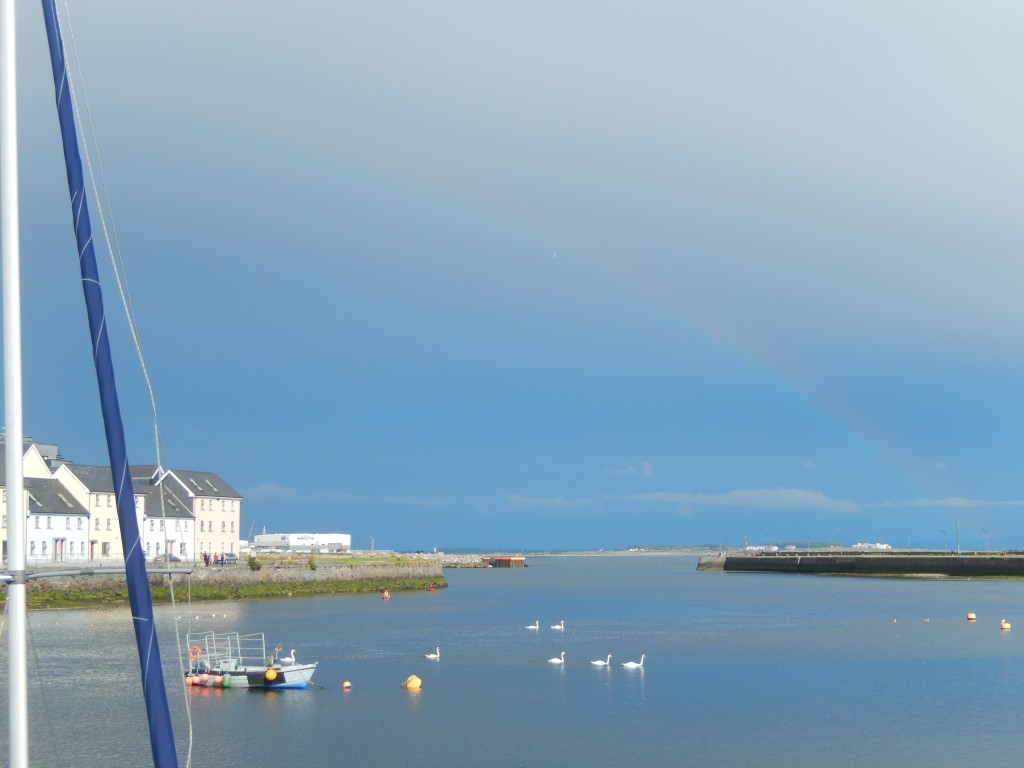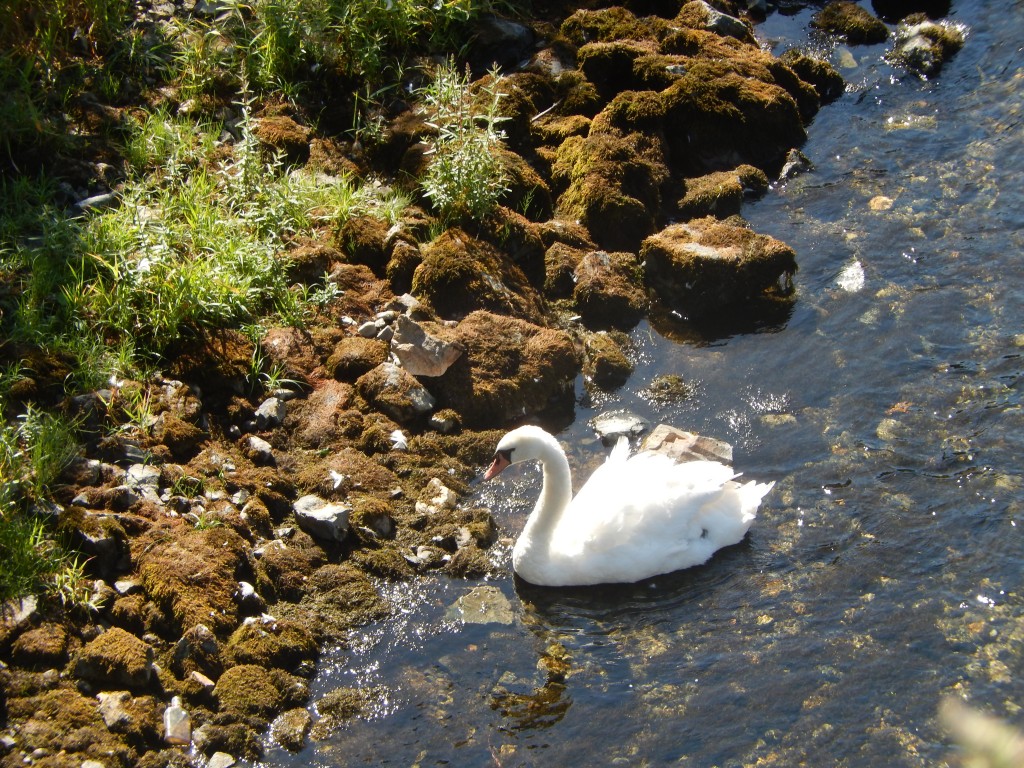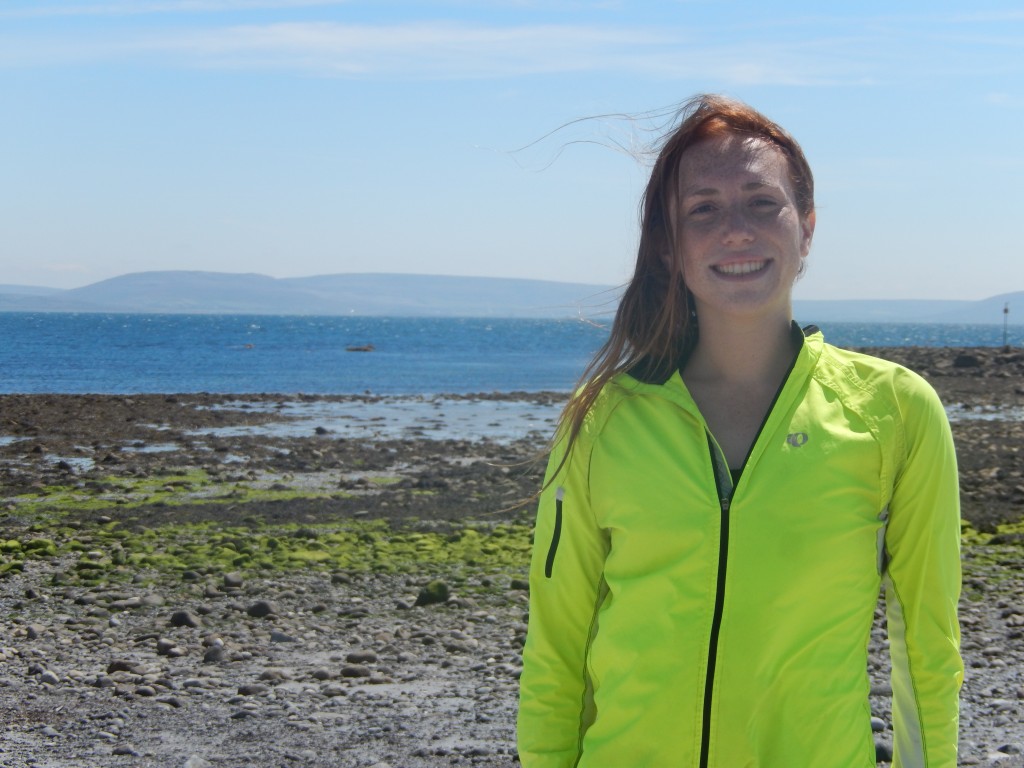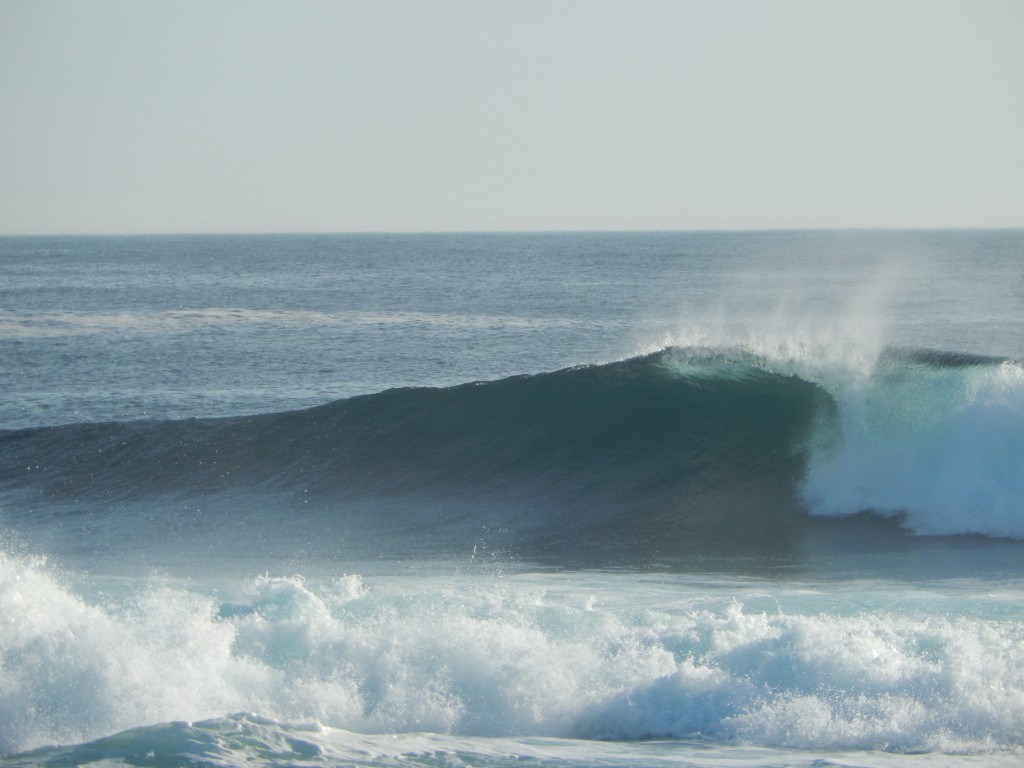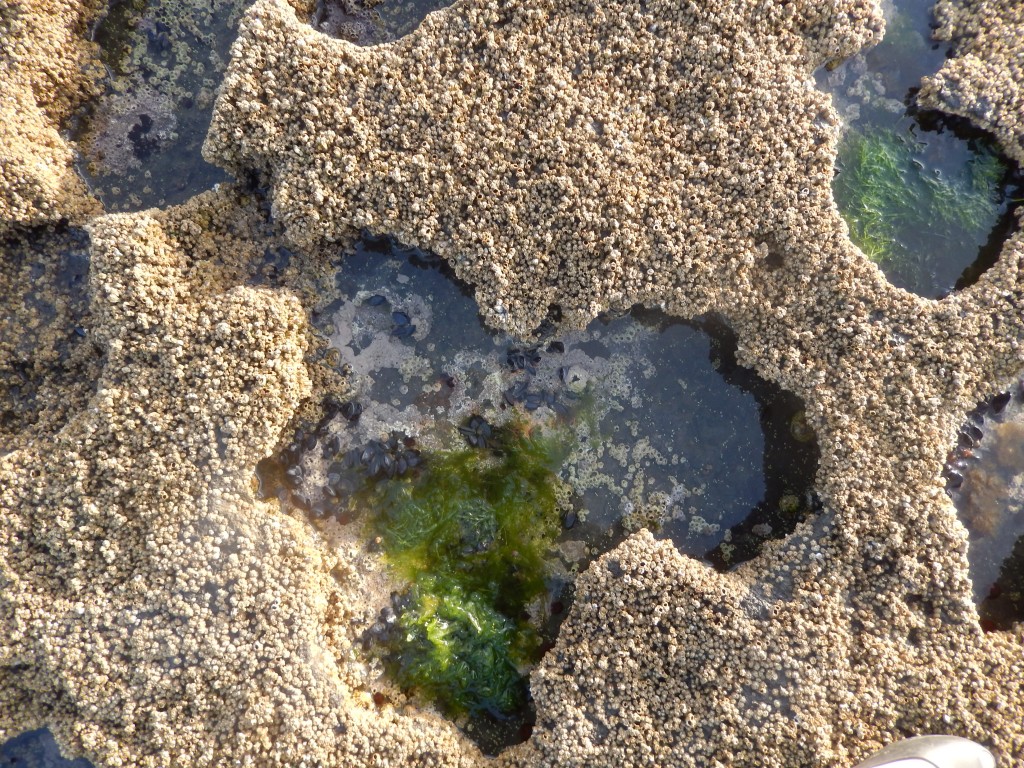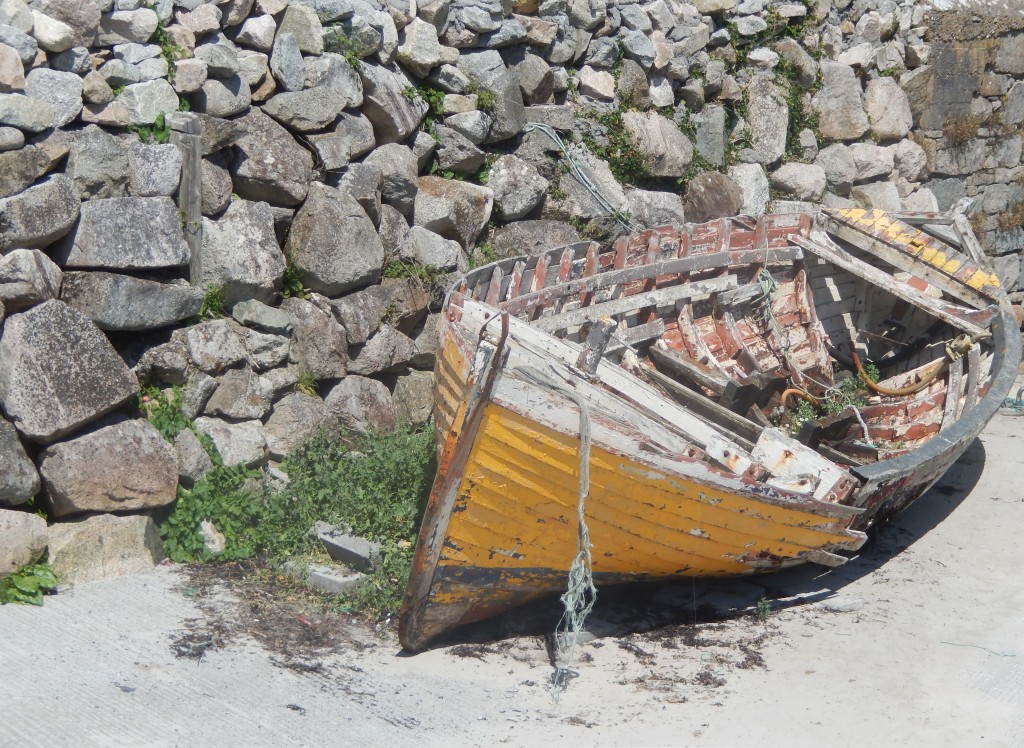The first couple weeks I was here I wrote what I thought would be the introduction for our paper. At this point we hadn’t yet run the models, so we really did not know what we would find. I believe my supervisor, Dr. Stephen Hynes, had me write this “introduction” as a way for me to familiarize myself with sea angling in Ireland. Some of the many things I learned over the course of my research include: the status of sea angling in Ireland, the history, culture, and development of sea angling in Ireland, the many diverse methods of sea angling in Ireland, the immense lack of regulation and permitting fees, and the myriad of environmental and socio-political issues plaguing sea angling in Ireland. These issues include, but are not limited to: depleting fish stocks, resource allocation between commercial fisheries and anglers, and the lack of monitoring and enforcement. I will save you all from having to read the 5-page single-spaced introduction I meticulously slaved over, but I will highlight some key aspects that I found particularly interesting and relevant.
- Bass is the only species that is regulated in Ireland. In the 1970’s bass was commercially targeted, which led to a near collapse of the species. Ireland implemented an environmental bye-law discontinuing any commercial fishing and sale of bass in Ireland. The bye-law also mandates a bag and size limit for recreational anglers; anglers can only catch and keep up to 2 bass within any 24-hour period and there is a closed season from May 15th- June 15th of every year. Though bass have made a significant comeback from their former status as “critically reduced,” it is believed that bass stocks will never mirror “the glory days.”
- There is no law banning or any legitimate efforts preventing anglers from targeting critically endangered species such as shark, tope, ray, or skate. Though anglers are encouraged to help skippers tag and return these species alive, there is essentially no oversight to ensure that they are returned alive and unharmed. It is difficult to gauge whether most anglers (not a part of charters) angle in an environmentally conscious manner or not. I assume that they would for the sake of preserving the sport, but images on various forums and blogs depicting Irish anglers with deceased shark and ray suggest otherwise. I think that the group of anglers boasting about said endangered species are definitely in the minority, but the issue needs to be addressed regardless.
- Overall, on a global scale, Ireland’s fish stocks are considered to be in relatively good health, but the term “relative” is misleading. According to the UNFAO and overfishing.org “25% of all the world’s fish stocks are either overexploited or depleted. Another 52% is fully exploited, these are in imminent danger of overexploitation (maximum sustainable production level) and collapse. Thus a total of almost 80% of the world’s fisheries are fully- to over-exploited, depleted, or in a state of collapse. Worldwide about 90% of the stocks of large predatory fish stocks are already gone.” Ireland is no exception and more attention needs to be paid to the status of fish stocks in Irish waters.
- Ireland has loads of rocky, dangerous coastline and is regularly hit by massive swells. Many anglers enjoy the thrill and challenge of angling under these precarious conditions and will even enjoy a few too many beers while they’re at it. Every year there are news stories about drunken rocky shore/ surf anglers drowning and getting washed out to sea. There doesn’t appear to be any preventative measures or educational efforts to limit this behavior and horrendous occurrence. (Warning: I’m going to briefly go on a tangent here because I find it important –> It is also alarming the number of drownings that have occurred during my brief stay here and how many people don’t even know how to swim. Though somewhat unrelated to my summer fellowship, my background as a swimmer and a pioneer to help establish a viable swim program for a low-income community in the Fillmore of San Francisco makes me particularly interested in the excessive frequency of drownings of both sea anglers and non-sea anglers here in Ireland. I think there is a definite need for some sort of red cross/ public funding to both encourage swimming lessons and to make it more available to the public. Ireland puts a lot of funding towards students and people on welfare, but public safety, including water safety has been largely been on the back burner).
- Resource allocation of fish between anglers and commercial fisheries is an increasingly heated debate in Ireland, and apparently it’s the driving force behind our study and will be the theme in my re-write of the introduction. Ireland needs to establish that sea anglers do in fact contribute to the economy (via travel cost expenditure) or by showing how much they directly and indirectly affect the economy (IFI’s contingent valuation study) in order to: a) sustain/ maintain the current status of sea angling in Ireland and to b) prevent further exploitation of fish stocks by commercial fisheries.
I could go on for another 500 or so words, but I’ll leave it at that. The above list represents the things that peaked my interest the most.
